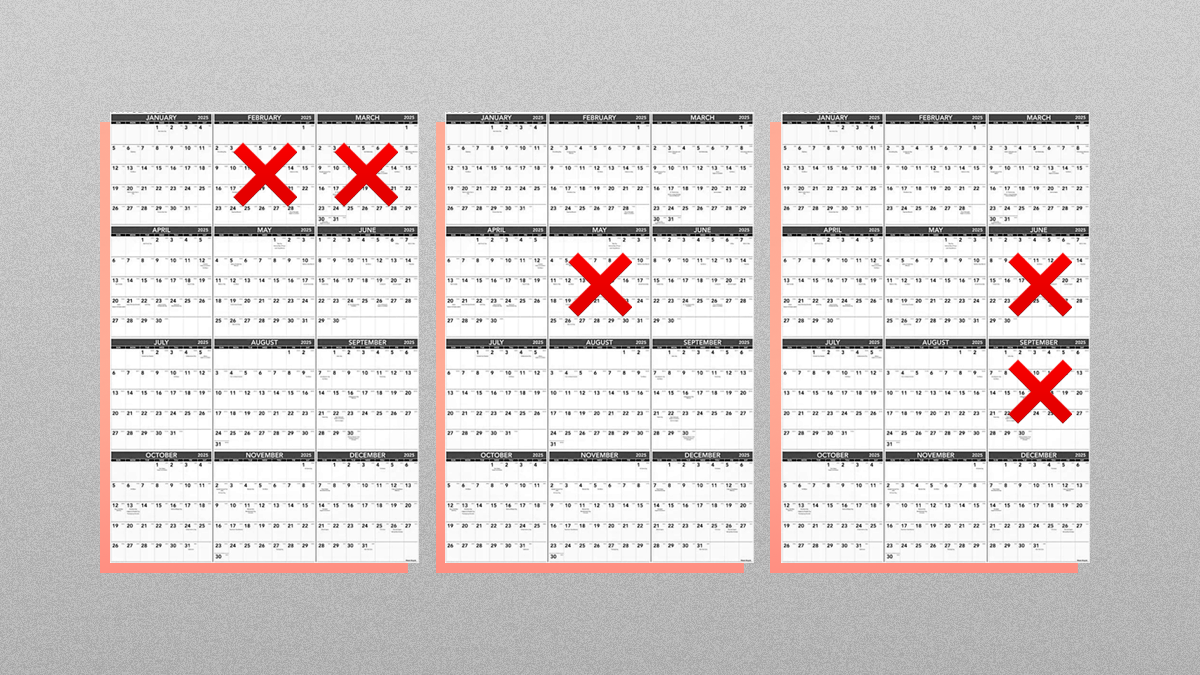Abortion rights, women of color, and LGBTQIA+ people are under attack. Pledge to join us in fighting for gender justice.
Shifting Focus, Reclaiming Narratives: How Clickbait Distracts Us from What Matters
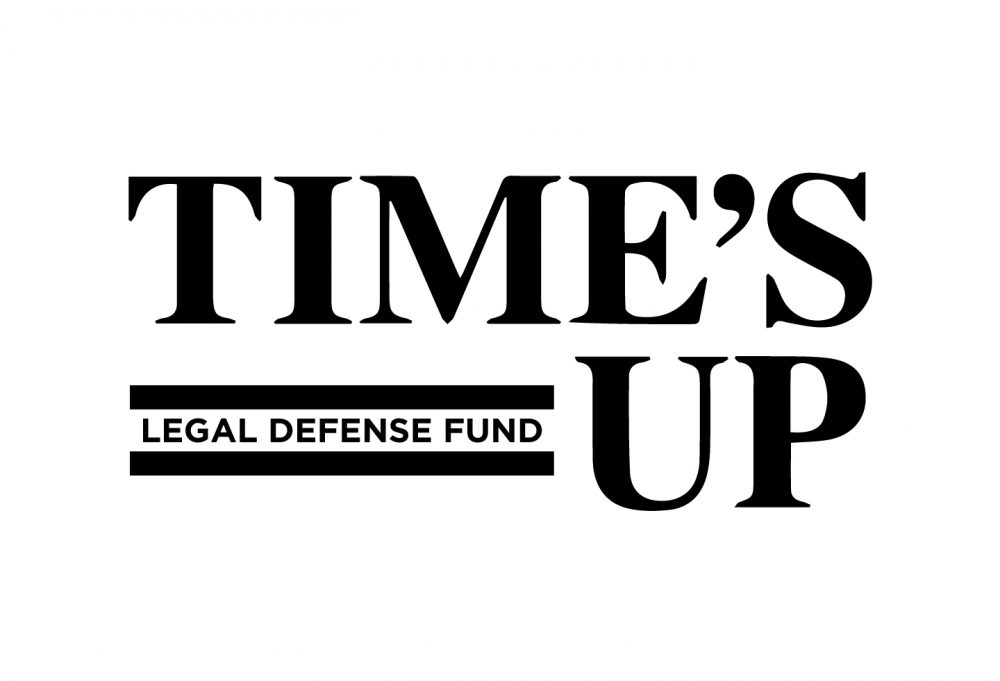
When a case helped by the TIME’S UP Legal Defense Fund makes news, we want to let people know. We uplift the article up on social media and circulate it far and wide.
But sometimes, we end up posting and retweeting articles where the big, eye-catching picture is the harasser. This happens frequently when the harasser is someone famous. No, I am not going to provide the links—that would defeat the purpose of this blog. Suffice to say they are actors, politicians, musicians, and billionaires. And in one article from The Washington Post, the picture was of Supreme Court Justice Amy Coney Barrett.

This one was especially weird. Justice Coney Barret had nothing to do with the case; it involved Christie Leonard suing her employer—a church—for harassment based on her sexual orientation. The case was not being considered by the Supreme Court nor was it ruled on or discussed by Justice Coney Barrett at any time. But, undoubtedly for clickbait value, a photo of Justice Coney Barrett is what The Washington Post chose.
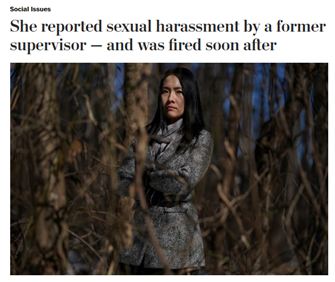
It is not all the time, of course. Sometimes papers include amazing photos of the workers we are helping that make you feel like you have learned a little bit more about them. Here are some examples:
The Washington Post got it right with this story about Kylee Lee, a federal contractor who faced retaliation after coming forward about sexual harassment.
Or the Boston Globe’s report about retaliation against a Melissa Ing, a professor, Sarasota Magazine which used a picture of Christie Leonard (rather than Justice Coney Barrett), and The New York Times on that included a picture of Brittany Hoyos, one of the McDonald’s employees who boldly came forward against sexual harassment.
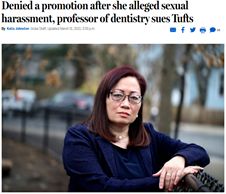

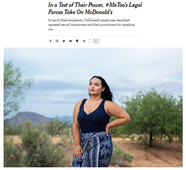
(Left to right photos courtesy of: The Boston Globe, The New York Times, and Sarasota Magazine)
Why does it matter? A picture of the harasser focuses on the person that caused the harm, rather than supporting the workers who dare to come forward. These pictures also limit the worker—their story and the impact of the harassment on their lives visually become secondary or less important than the harasser.
When the story starts with the harasser, the questions are about “cancelling” and how the harasser has “suffered enough.” When the picture is of the worker who has come forward, it literally changes the focus. We can talk about what this worker needs, how many workers who come forward face retaliation, and how some lose their careers because they are forced out of an industry by sex harassment. When survivors are the focus, we can talk about and challenge how sex harassment thrives because there are systems and policies in place that cover up harassment, fail to support workers who come forward, and support secrecy and the idea that harassment is caused by one bad actor, rather than looking at the systems that allow that person to act badly without consequences.
When survivors are the focus, we can begin to focus on their needs. It’s time we say “goodbye” to the clickbait and shift our focus on what really matters when it comes to sexual harassment—justice and safety for survivors.

